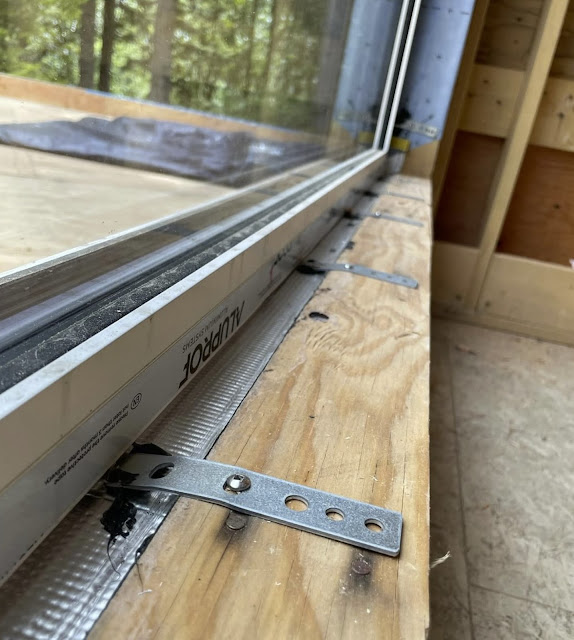Tilt-Turn Windows: Why the Smartest Builders Are Making the Switch
Hey! It’s fenestrationguy here— after a long silence, I am back and today I'm serving up another real-world insight straight from the jobsite and the design studio. Today we’re tackling a quiet revolution in home design: swapping out the standard casement and double-hung windows for high-performance European tilt-turns. Let’s dive into why it’s more than a trend—it’s a total rethink of how we build.
 Old Standards, New Problems: Double-hungs and side-hinge casements have been the North American standard for decades. But as we push for better envelopes, higher efficiency, and tighter buildings, these old systems start to show their age:
Old Standards, New Problems: Double-hungs and side-hinge casements have been the North American standard for decades. But as we push for better envelopes, higher efficiency, and tighter buildings, these old systems start to show their age:
Leaky sashes hurt airtightness
Clunky mechanics and outdated design
Aging hardware = early replacements
It’s time for something smarter.
 What’s a Tilt-Turn Window? Imagine one sash that does double duty:
What’s a Tilt-Turn Window? Imagine one sash that does double duty:
Turn the handle 90°—it opens inward like a casement door.
Turn the handle 180°—it tilts from the top for gentle ventilation.
Simple. Smart. Secure. It’s the iPhone of window systems—minimalist, intuitive, and loaded with performance perks.
But it’s not just the locks and seals—it’s the feeling. Tilt-turns feel smooth. Natural. Safe. Easy. The reliability? Unreal. These things are engineered to perform consistently for decades.
 Why Builders & Architects Are Converting We’re seeing tilt-turns gain traction for very real reasons:
Why Builders & Architects Are Converting We’re seeing tilt-turns gain traction for very real reasons:
Perfect for Passive House standards and any project looking to elevate their design and increase airtightness + performance
Triple seals and deep frames = thermal performance
Sleek Euro styling works with modern and classic designs
Multi-point locks? Built in.
It’s not just a window. It’s a solution.
 More Than a Window—It’s a System Shift Tilt-turns make you think differently:
More Than a Window—It’s a System Shift Tilt-turns make you think differently:
You’re not installing a box—you’re integrating a wall detail
You have to align WRB, air barrier, cladding, and structure
It elevates the conversation between framer, builder, and architect
It’s not harder—it’s just smarter.
 For the Homeowner? It’s a Win All Around
For the Homeowner? It’s a Win All Around
Cleaner aesthetics (slimmer frames)
Sashes that open inward (no ladders needed to clean)
Quieter interiors. Better airflow control. European luxury with American practicality.
 Heads-Up: It’s Not a Drop-In Replacement
Heads-Up: It’s Not a Drop-In Replacement
Framing dimensions will differ
Install crews need training
Source from trusted US suppliers who are knowledgeable in the European idiosyncrasies and myriad of options
 Bottom Line: Evolve or Repeat We’re in an era of smarter builds and sharper clients. It’s time our window choices caught up.
Bottom Line: Evolve or Repeat We’re in an era of smarter builds and sharper clients. It’s time our window choices caught up.
Tilt-turns aren’t about chasing trends—they’re about delivering better buildings. If you’re still speccing budget vinyls by default, it might be time for a change.
Let’s build smarter.
 Stay tilted. Stay tuned.
Stay tilted. Stay tuned.
—@fenestrationguy
.JPG)




Comments
Post a Comment